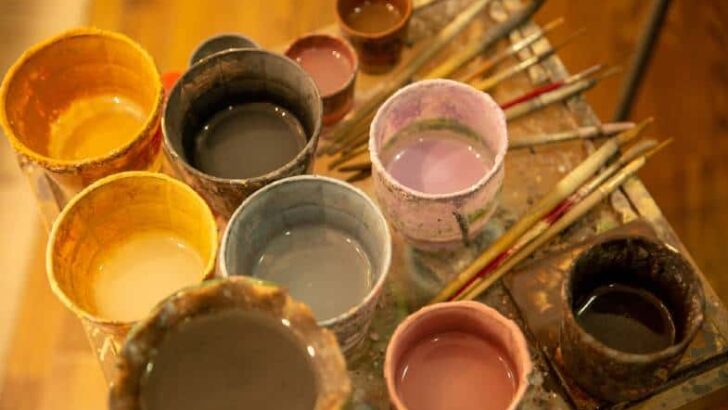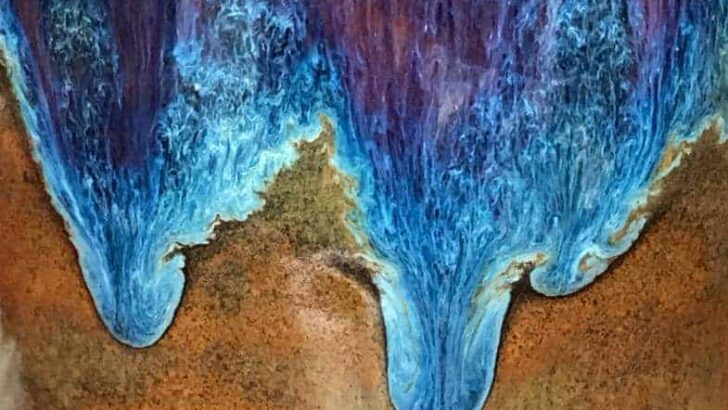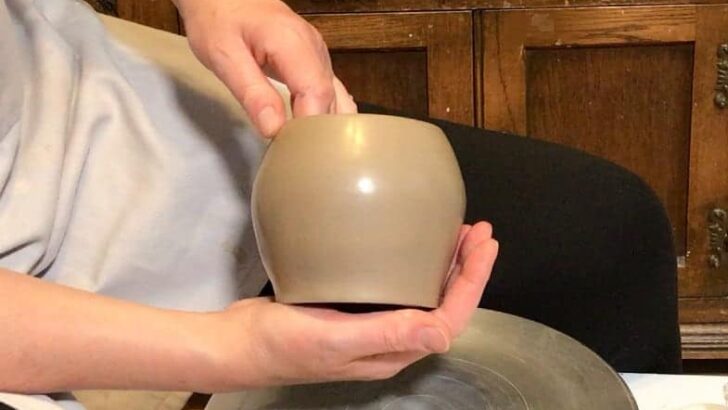Your cart is currently empty!
Lesley
-
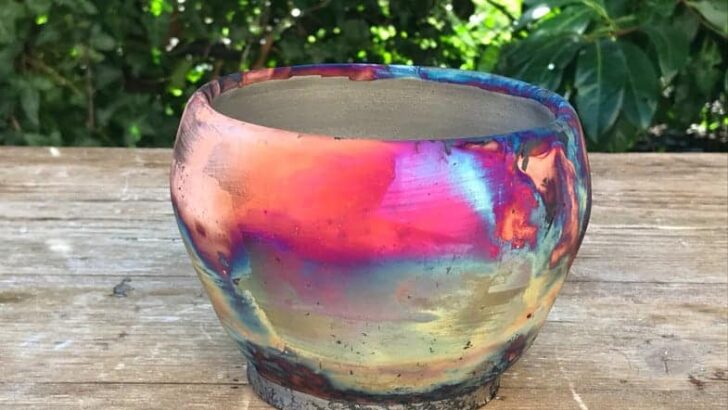
Copper Matte Raku – How to Make Copper Fuming Raku Pottery
Copper matte raku, also known as copper fuming raku is a low fire technique that can produce iridescent multi-colored pottery. It involves the application of a simple copper oxide wash to bisque pots. These are then raku fired and put into a post-firing reduction atmosphere to create a vivid array of rainbow colors. There are…
-
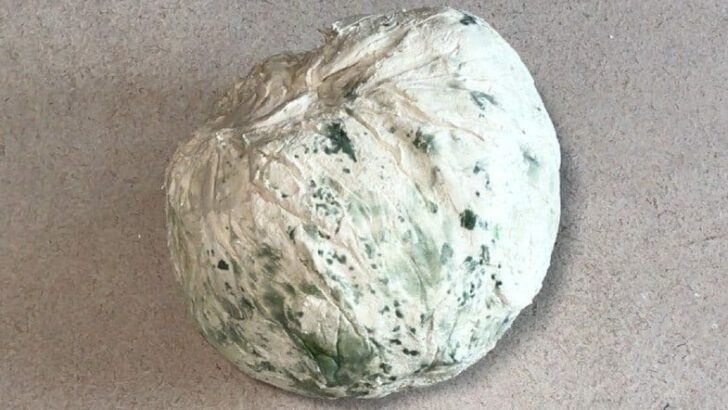
How to Get Rid of Mold on Clay – 7 Ways to Clean Moldy Clay
Finding that your pottery clay has gone moldy is very common. Clay needs to be kept moist to stay workable and it contains organic matter. These are perfect conditions for the growth of mold. So, what can you do if you open up your bag of clay and it’s growing green and black mold? Here…
-
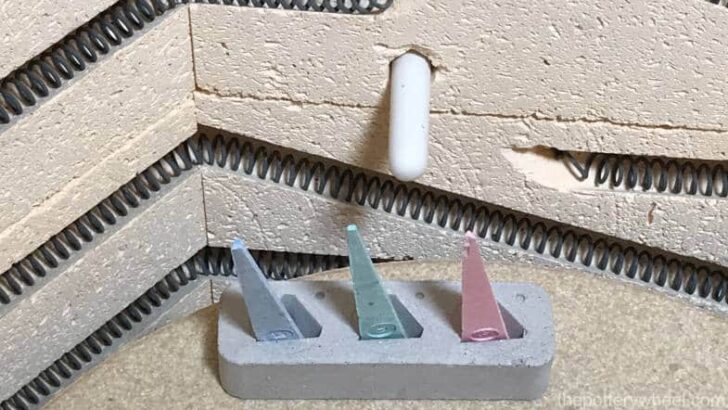
6 Reasons to Use Pyrometric Cones with an Electric Kiln
If you have a kiln with a digital controller, you might be tempted to think that you don’t need to use pottery cones when you are firing. After all, the controller monitors the temperature in the kiln. But even if you have a digital controller, it’s wise to use pyrometric cones with an electric kiln…
-
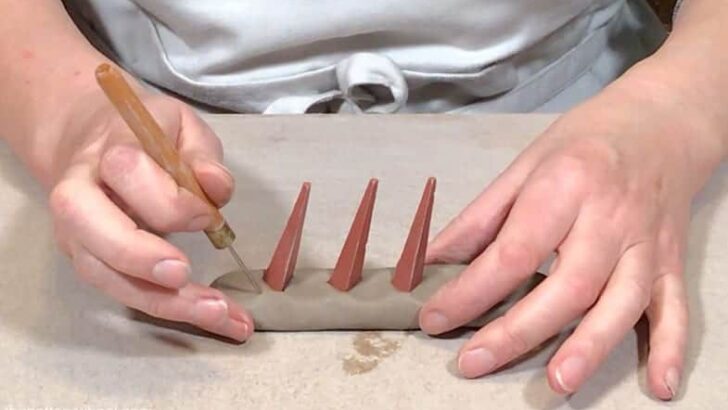
How to use Pyrometric Cones – Witness Cones Made Simple
Even if you use a kiln with an electric controller, it’s a good idea to use pyrometric cones when firing. But there are different types of cones and these are used differently. If you’ve just started firing your ware, you have probably wondered how to use pyrometric cones. This article is all about how to…
-

Historical Coil Pots – A History of Coil Pots Over the Years
Making pottery pre-dates the invention of the pottery wheel by many thousands of years. One of the most extensively used methods for making early pottery was the coiling technique. Early historical coil pots have been found across the globe. Many of the techniques currently used to make coil pots date back to pre-historical times. This…
-
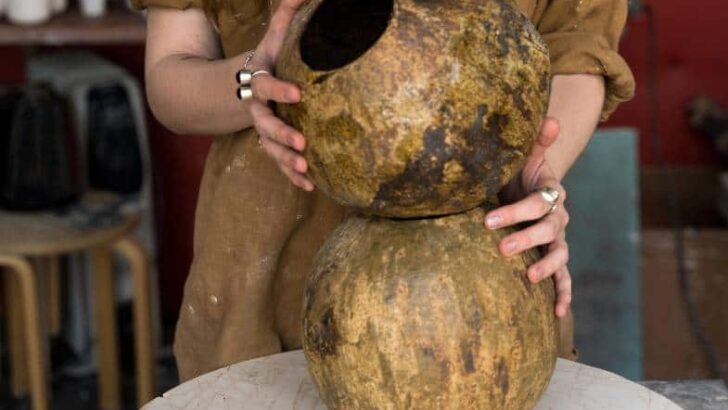
Famous Coil Pottery Artists – 18 Different Ways of Coiling
Coil pottery is a diverse technique that has been adapted to suit the styles of a wide range of ceramic artists. This article takes a look at some famous coil pottery artists and their own individual way of hand-building pottery. You will see that the methods used and the ceramics produced vary widely between each…
-
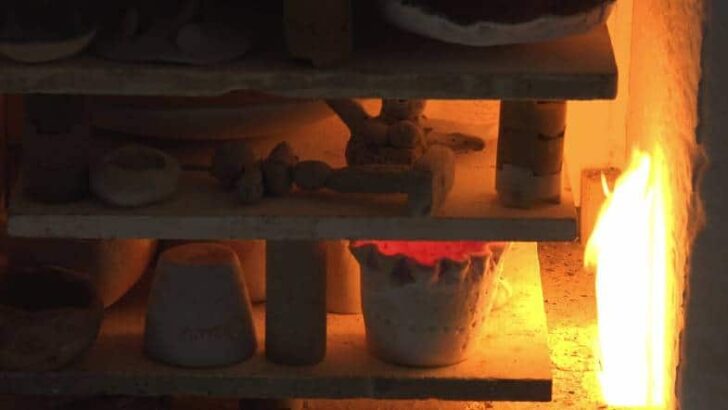
11 Types of Kiln for Pottery – Different Kilns for Clay
Kilns are insulated chambers that use fuel or electricity to reach high temperatures. When something is heated in a kiln it is described as being ‘fired’. There are different types of kiln to fire different materials. For example, there are kilns designed specifically for ceramics, glass, metal, brick, metal clay, and enamels. This article is…
-
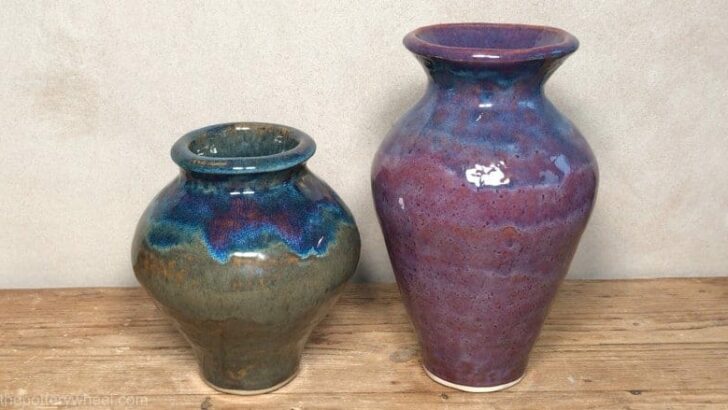
How to Make Smooth Coil Pots – With and Without a Template
When making smooth coil pots, the coiling method is used to construct the pot. However, the coils themselves are smoothed away, rather than left as part of the decorative design of the pot. You can make smooth coil pots either with a template or without. This article will give you a step-by-step guide for each…
-
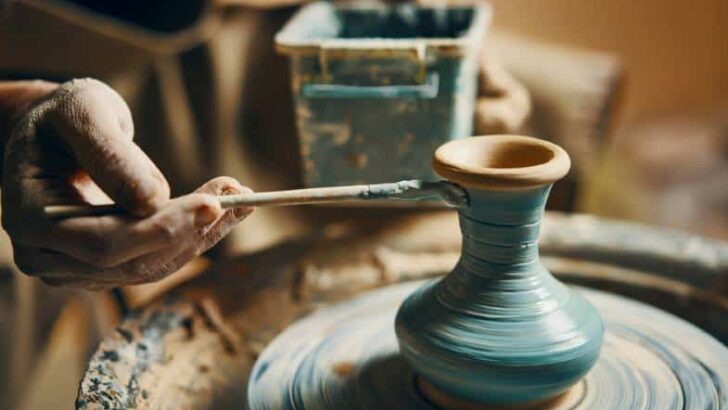
Glazing Greenware – Can you Glaze Unfired Clay?
Glazing greenware used to be the norm. However, more often, these days, pottery is fired twice. It is bisque fired first to make it ceramic. Then it is glaze fired for decorative reasons and to make it usable as dinnerware or as a water-containing vessel. However, not everyone bisque fires their pottery. Some potters do…

